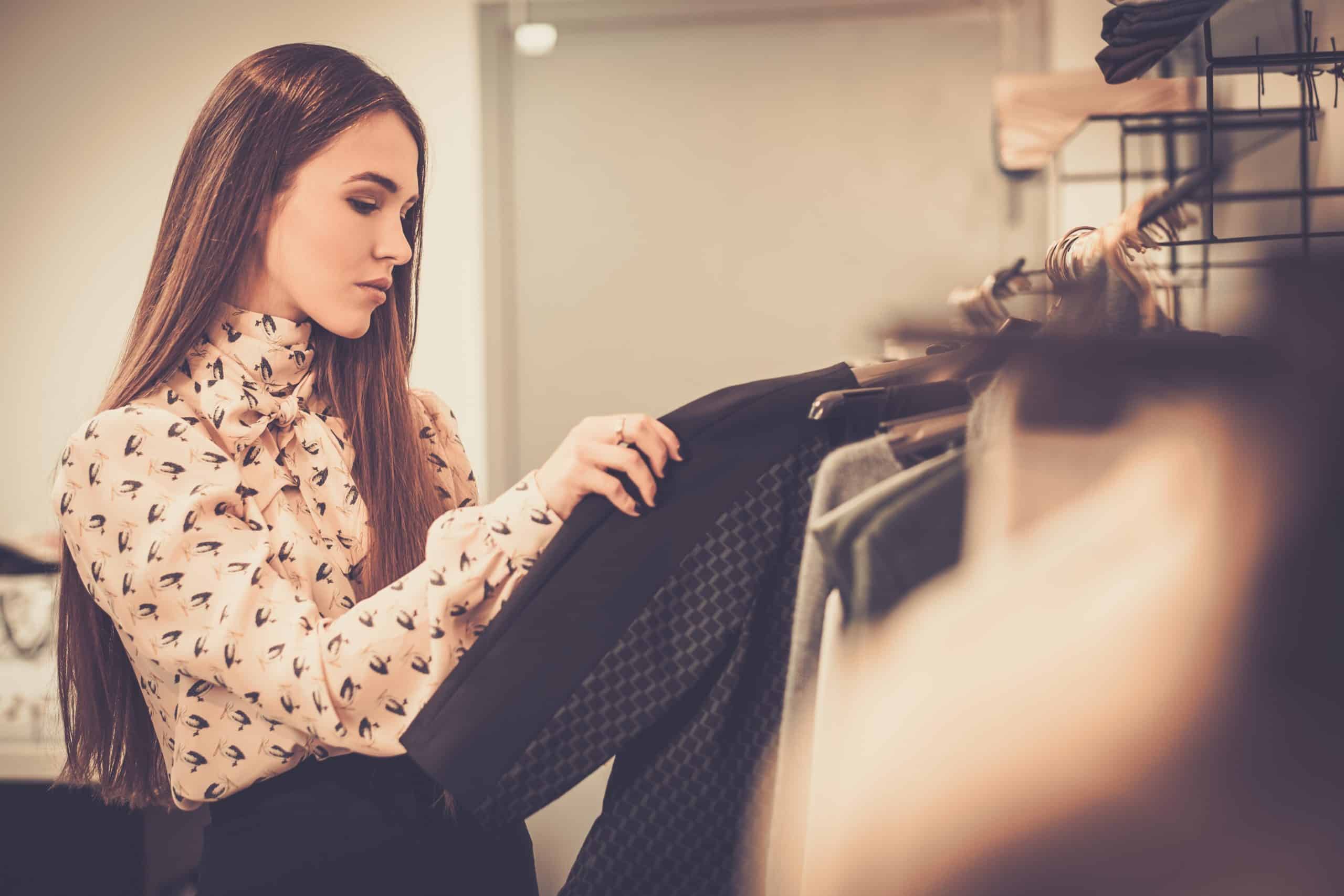Saving money might be your ultimate goal as a shopper. If that’s the case, it makes sense to search for designer dupes. There are tons of places that openly sell designer brand lookalikes at a bargain. These discounted rates can often equate to a difference of spending hundreds of dollars or thousands of dollars. Two of the most common places to find designer dupes for big-name brands are Amazon and Etsy.
Fake designer products for sale become a massive issue if you’re being swindled. Opting for real designer brands means you should only deal with genuine products that aren’t knock-offs. People who aren’t wary enough about their purchases may end up spending money on the wrong things. Whether you’re shopping for designer dresses, handbags, heels, purses, jewelry, or something else, there are several red flags you should keep an eye out for.
Remaining vigilant is how you can go about protecting your money. That said, becoming familiar with the red flags that pop up every once in a while in the fake designer goods industry will only benefit you. On the topic of designer brands, click here to learn about all the fashion trends famous designers openly despised.
To compile this list of ways that you can avoid purchasing designer goods by accident, 24/7 Tempo consulted several fashion-centered websites. These include UX Collective, Harper’s Bazaar, Kiplinger, The Fashion Fever, and Love to Know.
Faulty zippers and buttons

If the zippers or buttons on your chosen designer products are faulty, this is an obvious sign that you’re dealing with a fake. Real designer brands are painstakingly precise when it comes to the placement of zippers and buttons. Since upscale brands know their market is spending thousands of dollars, they take their time with adding zippers and buttons to dresses, purses, and the like.
Misspelled logos
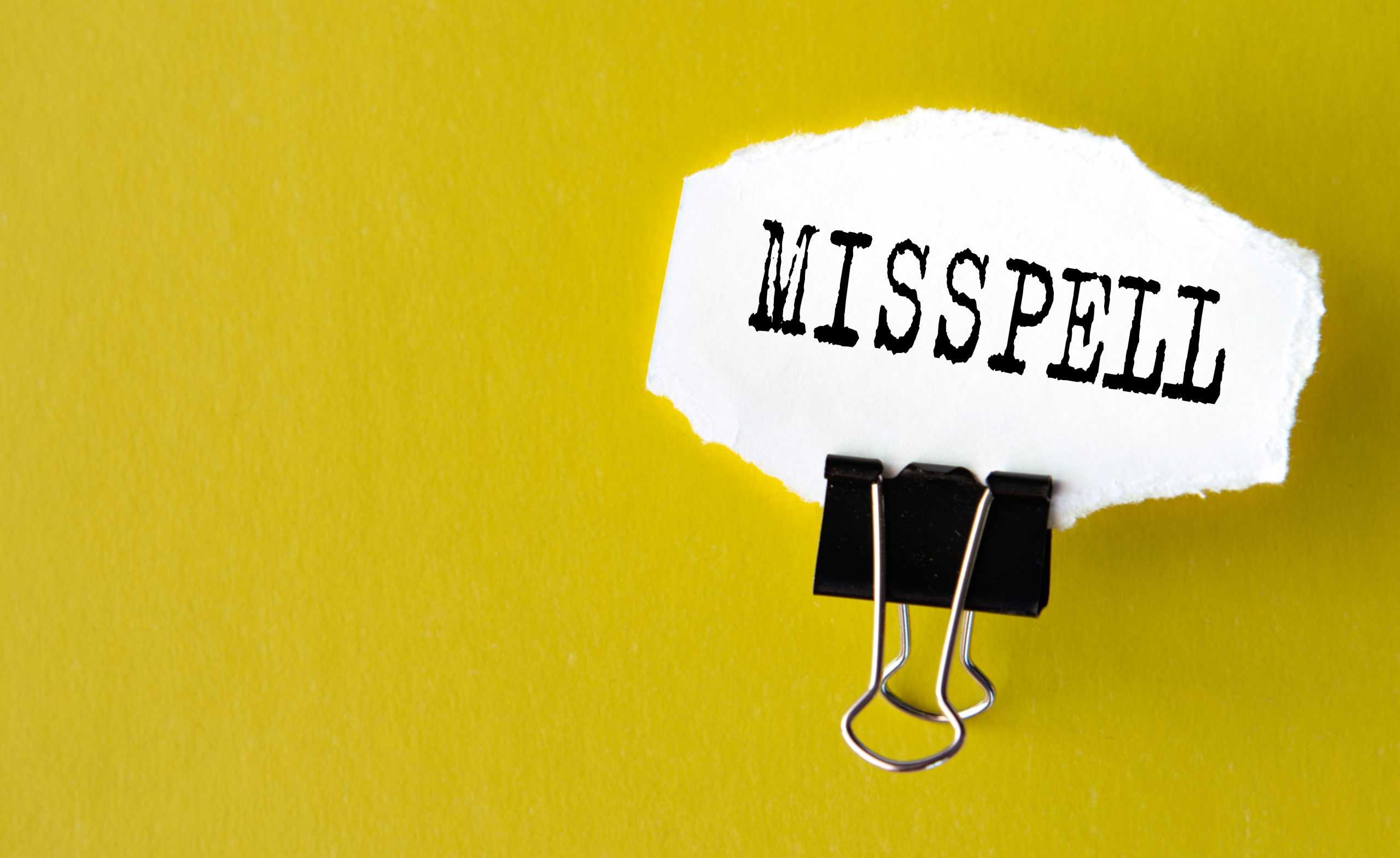
Misspelled logos are another telltale sign that you’re dealing with fake designer. Gucci should not be spelled like Goochie. Fendi should not be spelled like Fendy. Dolce&Gabbana should not be spelled like Dulche and Gabawna. Even if one letter on the logo is off, that’s a clear indication you don’t have a legitimate designer product in your midst. There’s no way a high-end brand would sell products that don’t properly represent who they are.
Missing authenticity tags
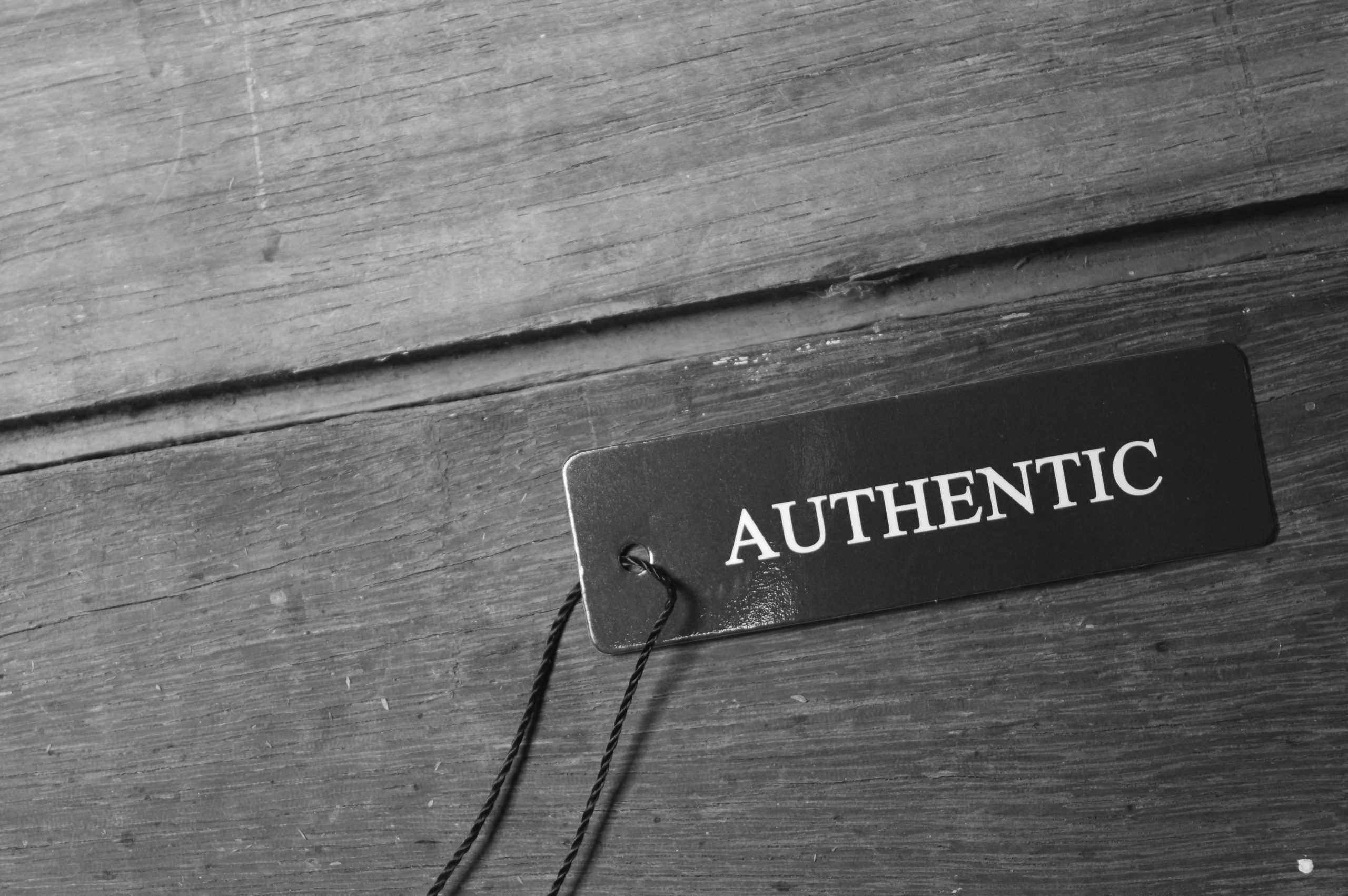
Many designer products come with authenticity tags since ritzy businesses understand that consumers are paying a pretty penny. Authenticity tags give shoppers peace of mind about the products they’re buying. These tags allow shoppers to trust that they’re spending their money in the right place. If your chosen product is missing an authenticity tag altogether, you might not want to move forward with your purchase.
Logos printed in a slightly different font
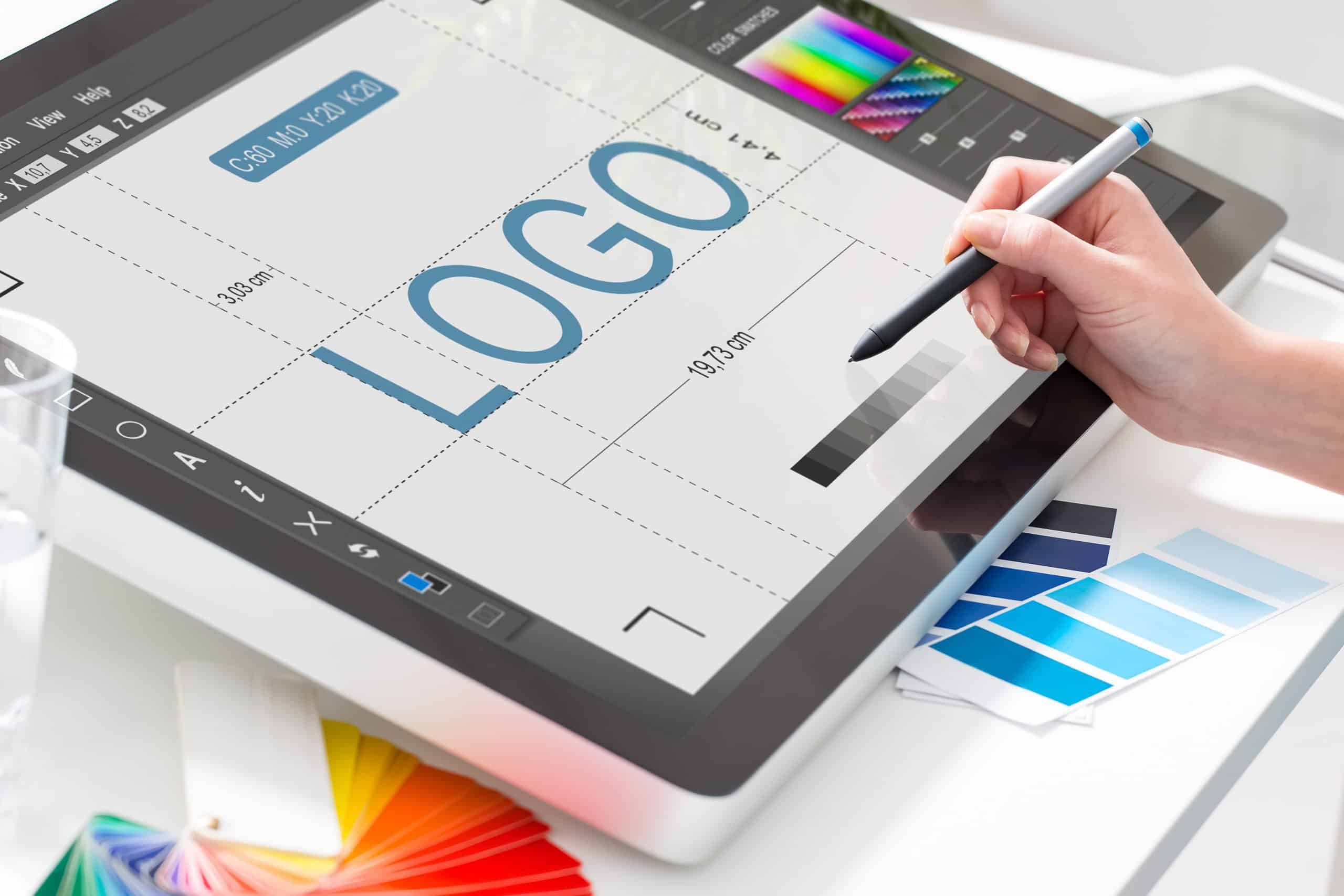
If the entire logo is spelled correctly, you still also have to pay attention to its font. If the logo is printed in a font that’s slightly different than what you’re used to, this is a massive red flag. When shady companies release dupe versions of designer products, they occasionally get a bit lazy with the printed logos. Because of that, printed logos are always going to be a dead giveaway based on whether the correct font has been used or not.
Poorly translated washing instructions
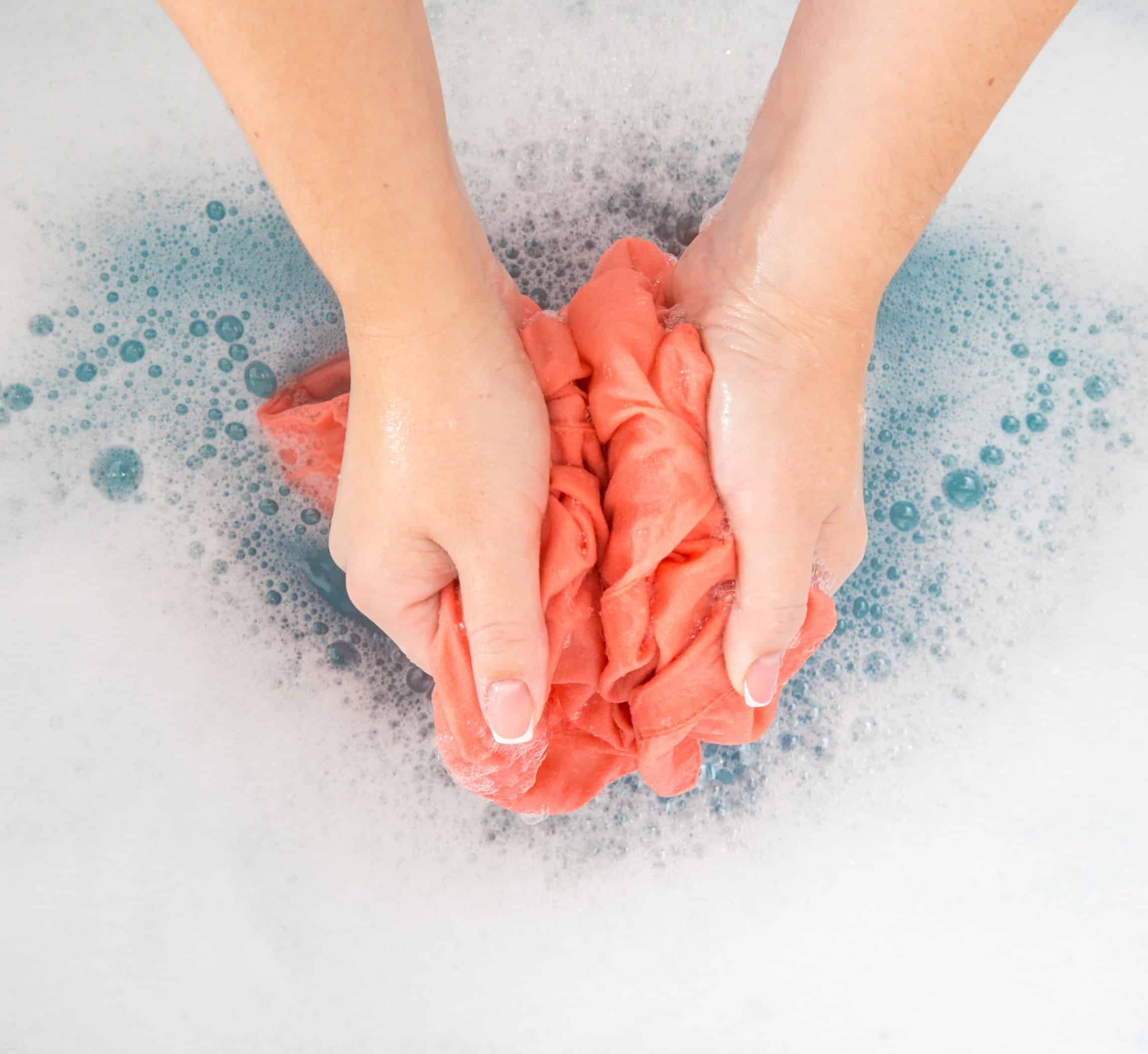
Another major indication that you’re dealing with a knock-off is if you notice poorly translated washing instructions attached. For example, a dress worth $1,000 is liable to have washing instructions attached on the inside that offer clear details about how to handle the garment with care. If you have a knock-off in your hands, the washing instructions will potentially be lackluster or unhelpful.
Available for sale from a non-reputable source

Where exactly are you shopping for your favorite designer products? This is an important question to ask yourself before spending money in the wrong place. If your dream shoes from a designer brand are up for sale from a non-reputable source, it’s in your best interest to think twice before making that purchase. Designer products should be bought directly from the brands they were developed by.
Leather has a plastic feel
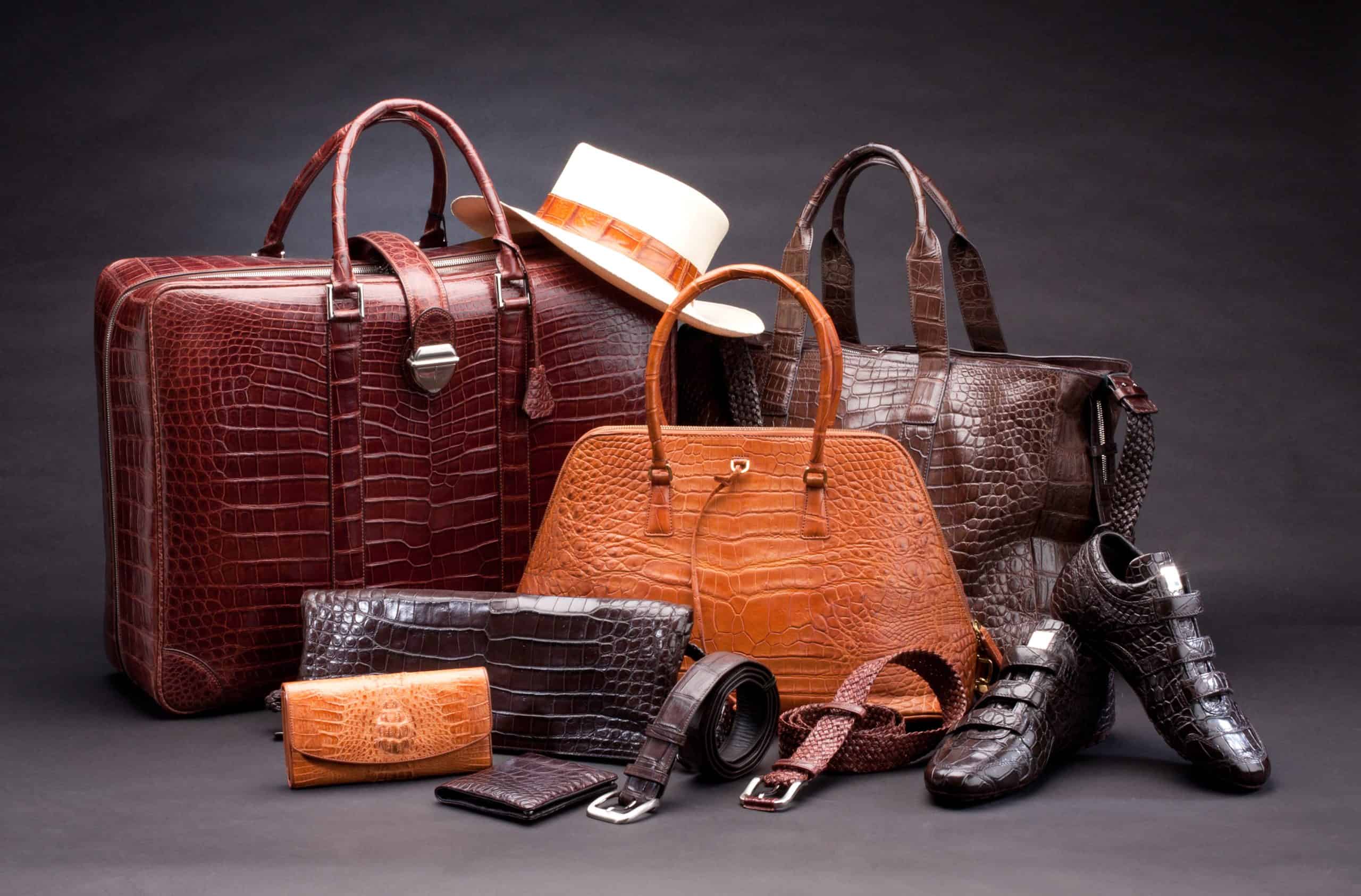
Leather wallets, belts, shoes, purses, and suitcases are always going to be popular in the fashion world. Real leather doesn’t feel like plastic. When dealing with duped designer products, it’s possible that anything “leather” you’ve purchased will feel like plastic instead. The texture will feel a lot cheaper and less durable when you don’t have genuine leather in your hands.
The dye job looks splotchy

Based on the color of the original product you have in mind from your favorite designer, it’s crucial to pay attention to the dye job. The item you’re considering buying should never have visible splotches. If the dye job looks splotchy in any areas, this is a major red flag that shouldn’t be ignored. Designer products that have been manufactured by the brand will showcase solid colors and smooth finishes.
There are missing stitches
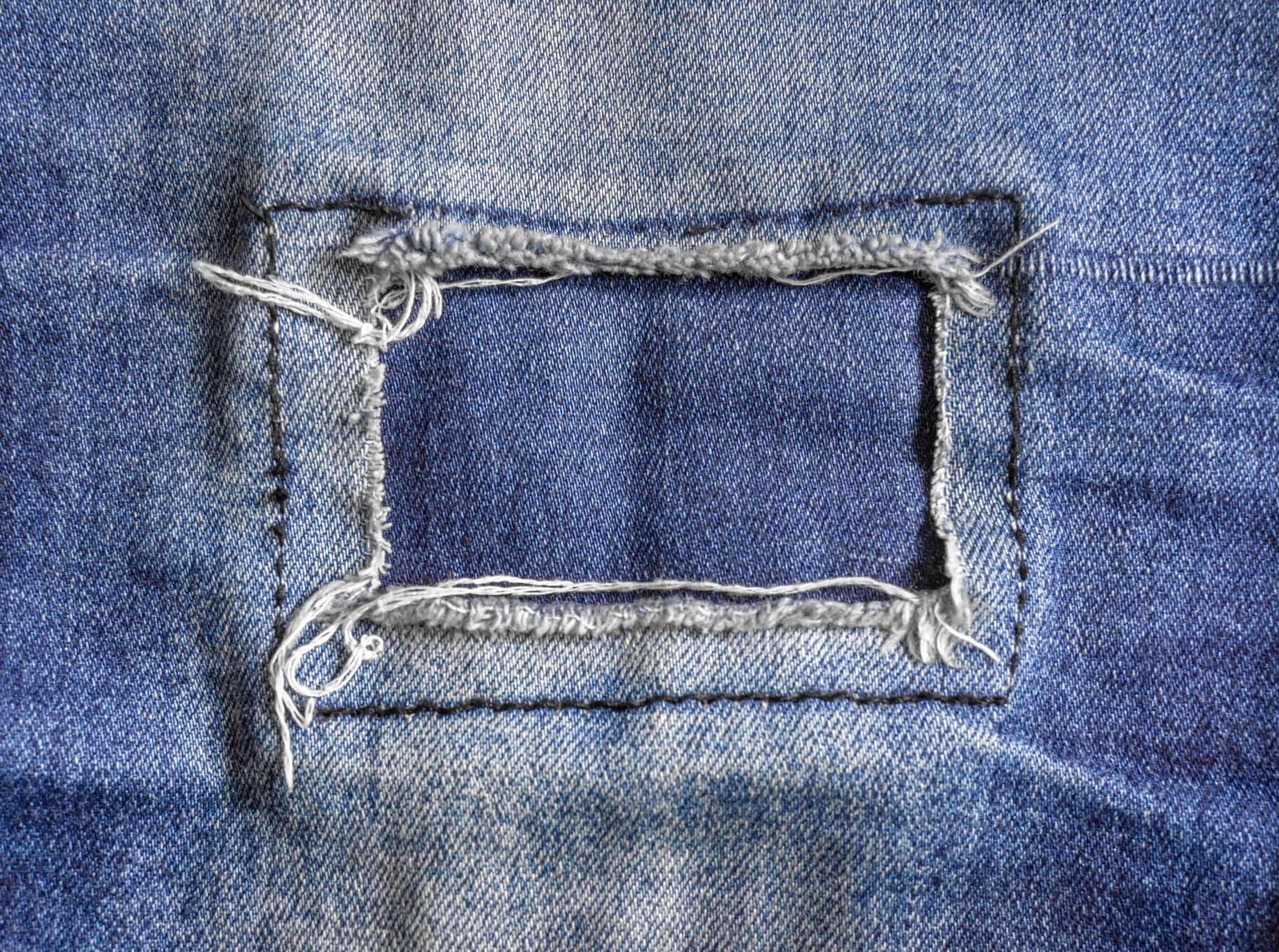
Analyze the stitching on any products you’re thinking about buying. This step is necessary if you’re unsure about legitimacy. Missing stitches are a dead giveaway that you have a knock-off in front of you. In the case of a designer jacket, for example, look over the stitching in the shoulder areas, wrist hole areas, and everywhere else before you come to your own conclusions.
The labels are crooked
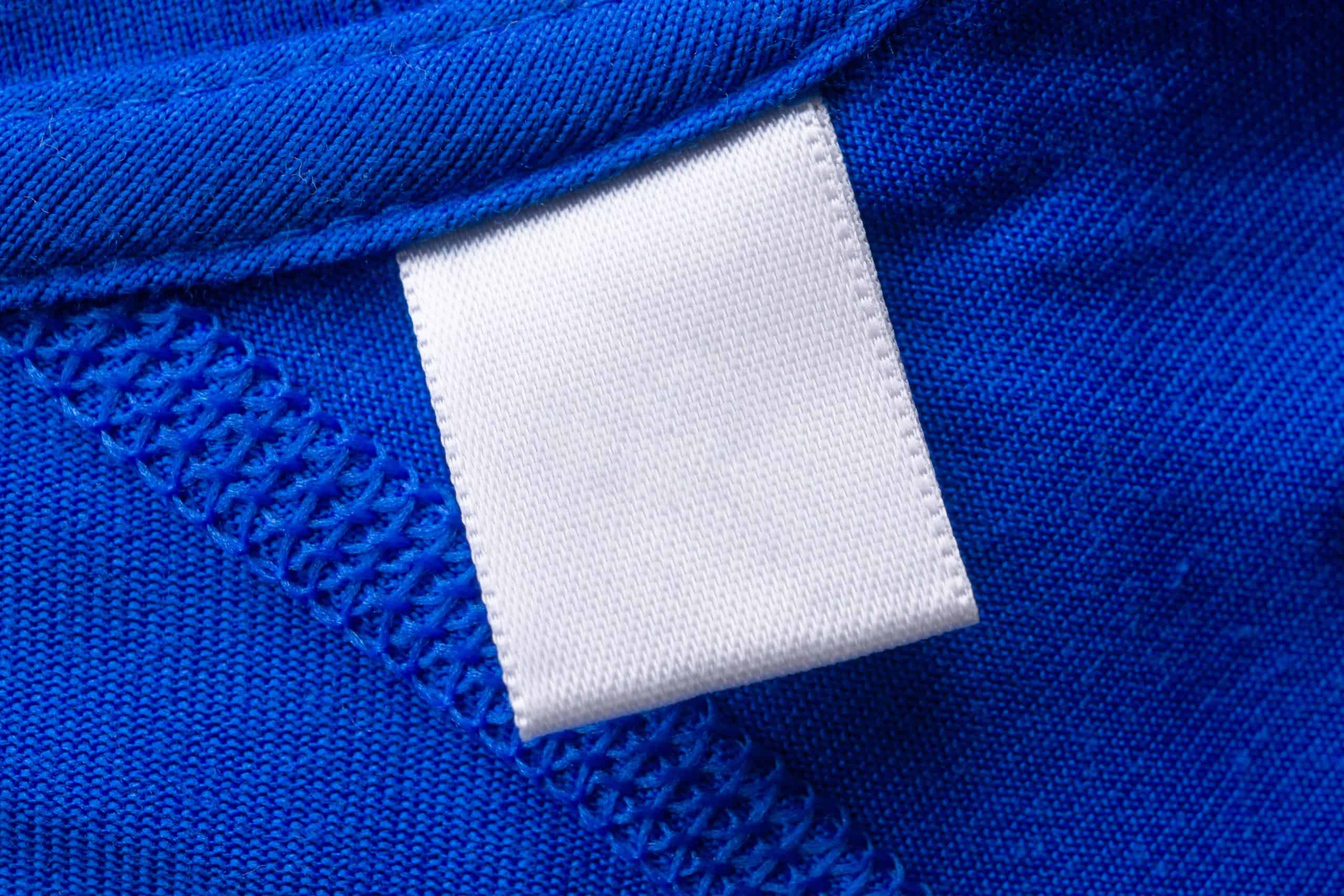
If the labels attached to your designer product look crooked in any way, you definitely shouldn’t move forward with your purchase. Luxury brands are meticulous when it comes to attaching labels to each product before they’re ready to sell to the general public. Brands don’t want to sell items that look lazy or tasteless. Crooked labels simply aren’t coming from real legitimate manufactures.
The packaging looks unprofessional

If the packaging your product arrived in looks unprofessional, that’s another unfortunate red flag. Judging your product based on the packaging is reasonable, even though the packaging doesn’t have a direct impact on the appearance of your chosen product. Shady companies who are interested in selling fake things will occasionally get lazy with the packaging and mailing process.
The colors aren’t as vibrant as they should be
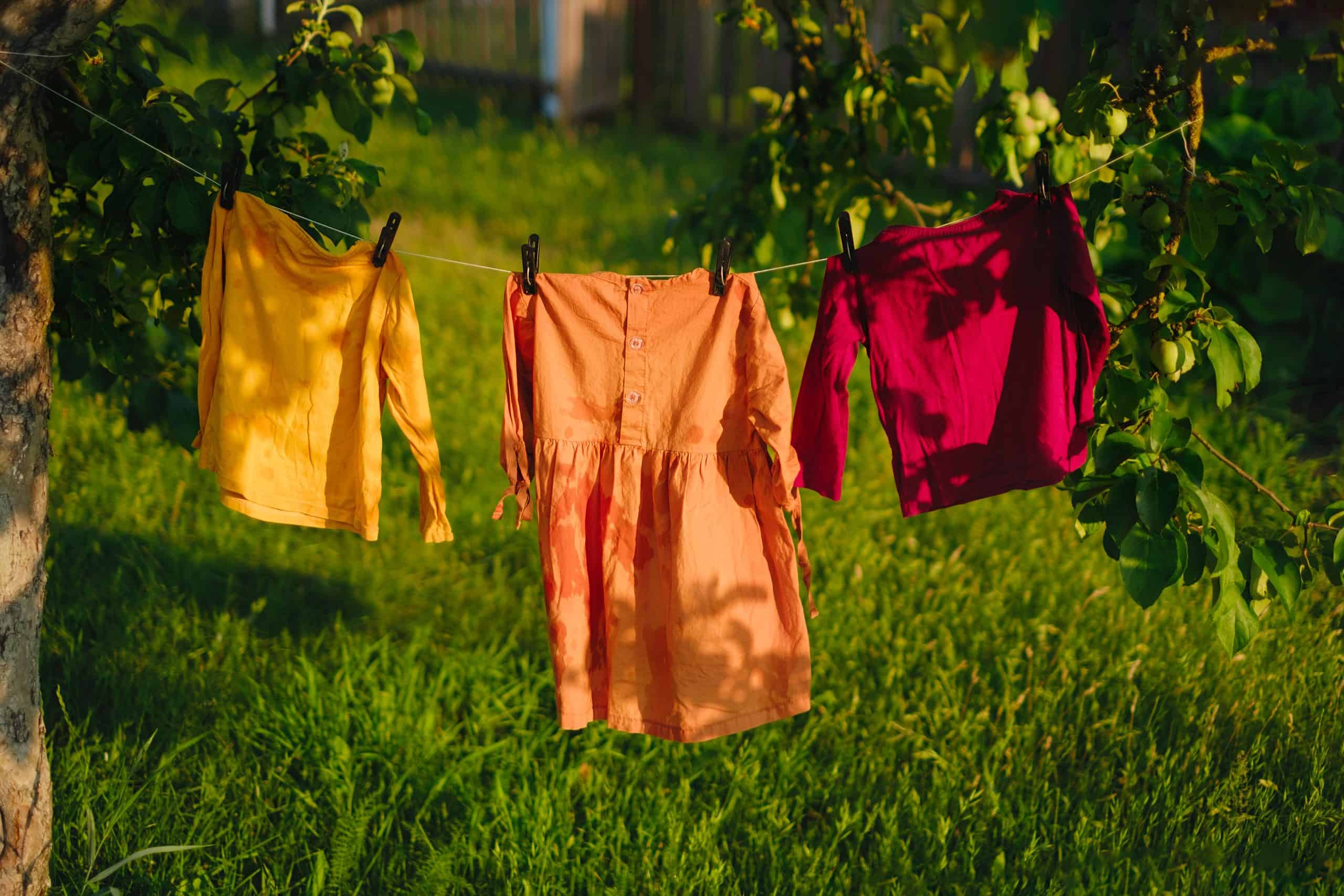
As soon as you have a designer product in your hands, take the time to analyze its vibrancy. The colors of your designer product should be just as crisp and bright as you expect them to be. If they look dull, dreary, or bland in any way, that’s a sign that your product isn’t real designer.
The material is sheerer than it should be
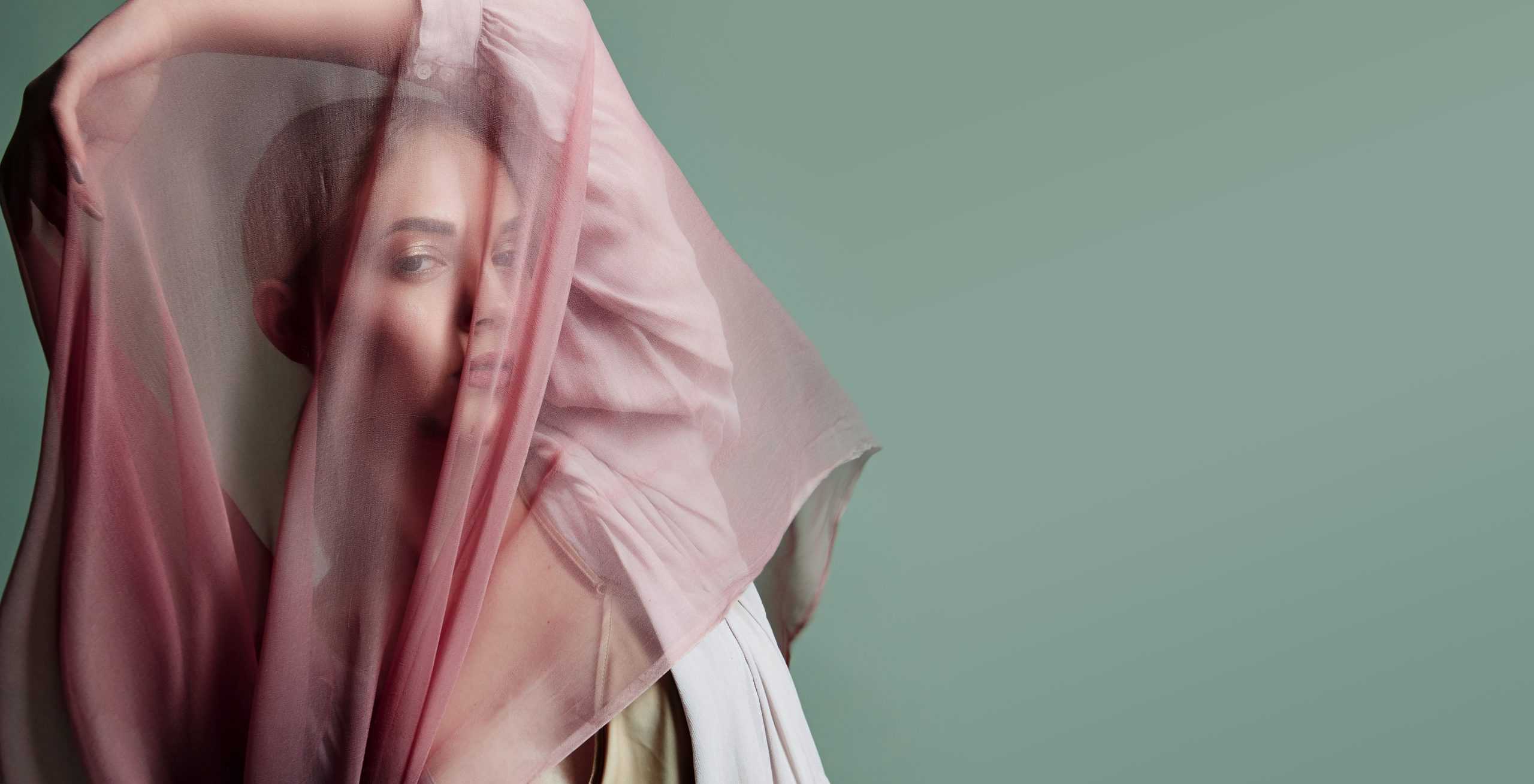
If you bought a product that was supposed to offer an ample amount of coverage based on images you’ve seen online, that’s exactly what you deserve to own. Noticing that the material is thinner and sheerer than it’s supposed to be is an indication that your designer product is fake. You shouldn’t be able to see through a dress, skirt, or top that you spent thousands of dollars on.
Product is made of the wrong fabric percentages
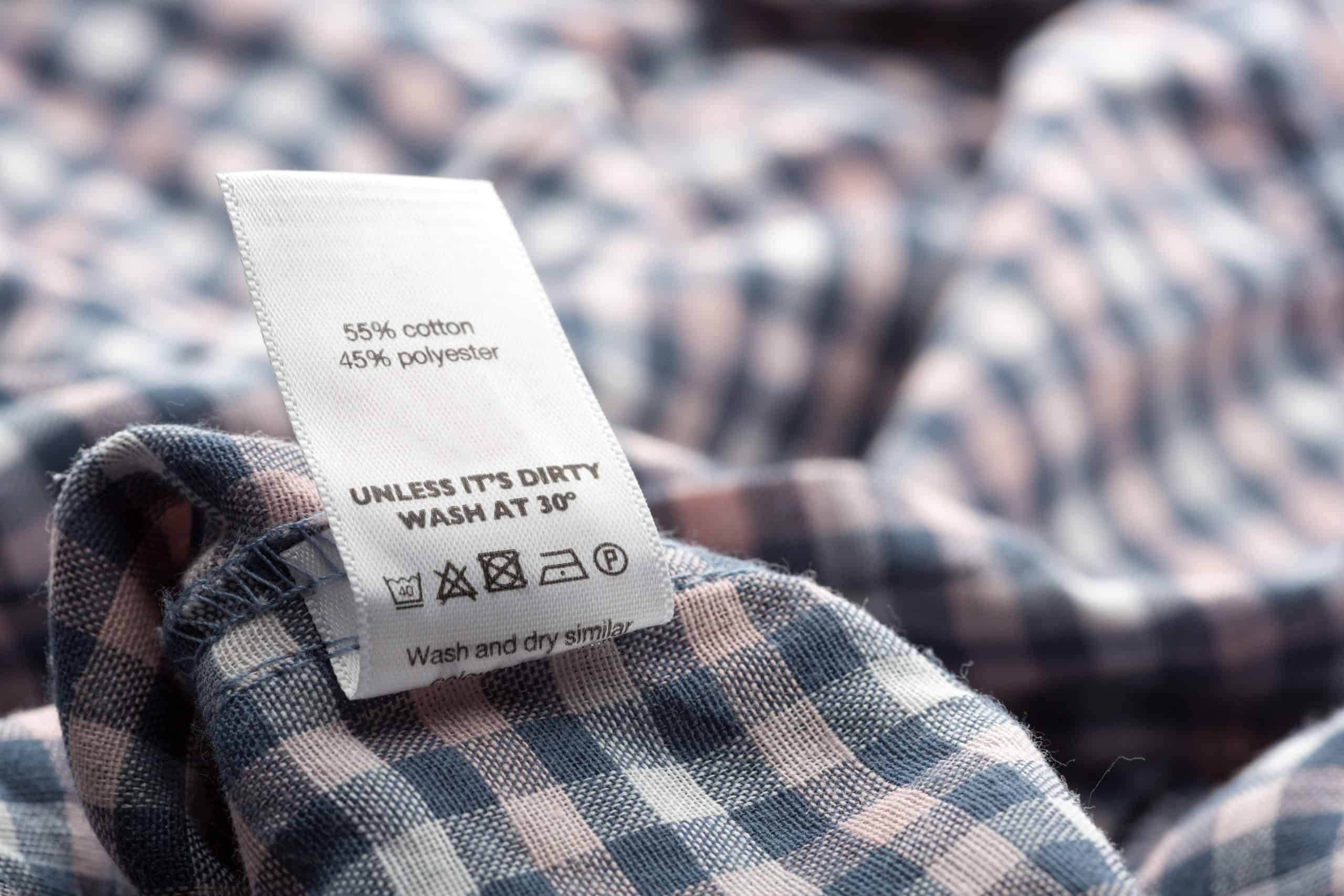
When it comes to fabric percentages, it’s in your best interest to do some research about what your designer products are made of. If the luxury brand claims that an attractive scarf they’re selling is made of 60% wool and 40% cotton, you’ll know you’re dealing with a dupe if the tag says it’s made out of 20% wool and 80% polyester.
The price point is too good to be true

Shady companies will sell fake designer products at a price point of $499, knowing the same product would typically cost shoppers $3,000 from the real brand. Since they’re selling something fake, even $499 will be a profit for them. Keep this is in mind to avoid making the mistake of buying items at price points that are too good to be true. There’s a lot to be said about fashion, whether you’re thinking about designer dupes or outdated fads. Click here to find out more about fashion trends from the 60s that should come back.
